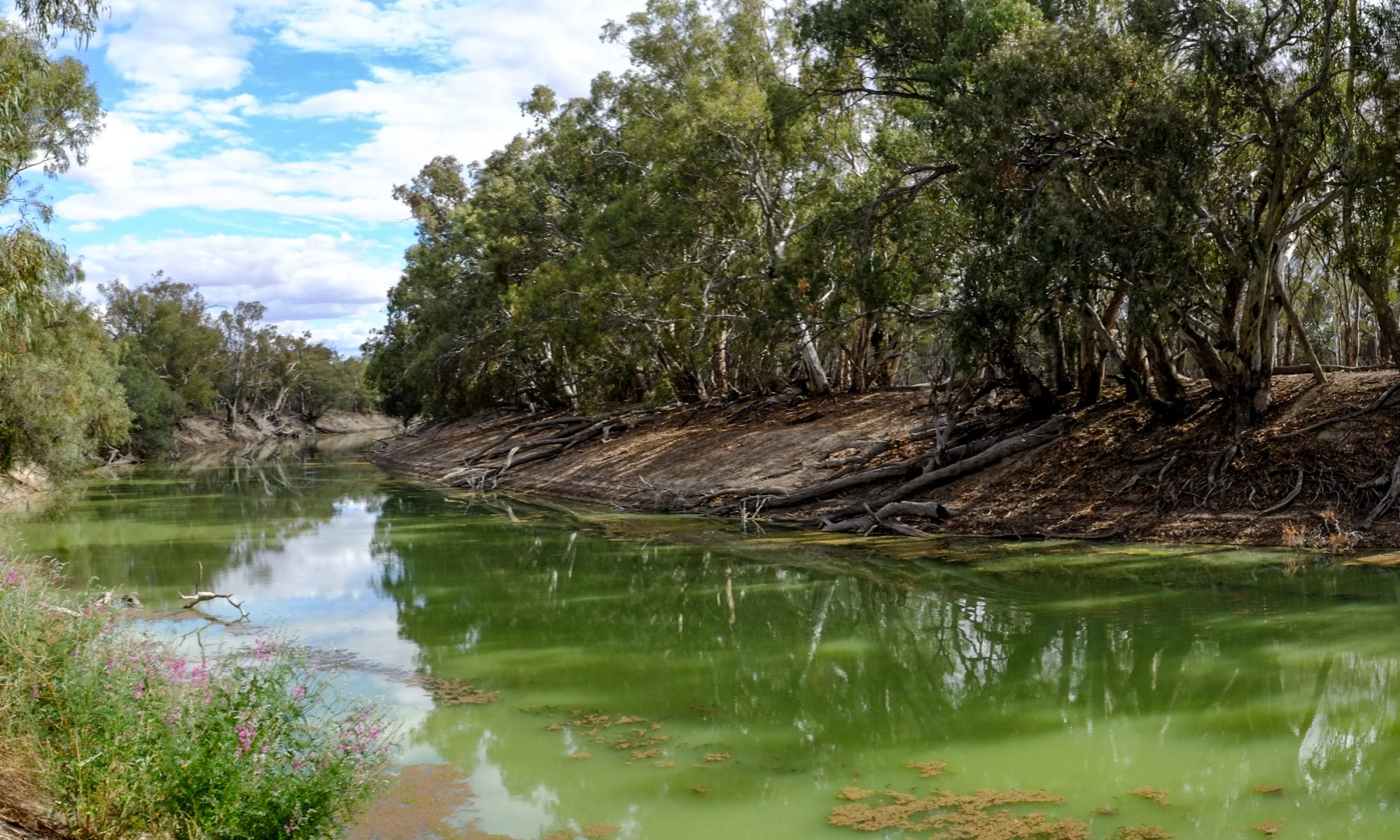I have ridden all the metaMotoADV rides documented on this website. So the degree of difficulty of each ride should be measured against my ability and the only way for that to make sense to anyone is to understand at least a little about my riding history and experience. I will try my best not to over or understate this experience here.
I will use 3 dimensions to describe my riding experience:
- Distance traveled
- Balance of road surface ridden
- Personal likes and dislikes
Mileage
As of the beginning of 2019, I have about 8,000kms or off-road riding experience.
on Versus off-road
I started my motorcycle history on a Honda CB250. After one year, I moved onto a Ducati 900. I rode this bike for 2 years before selling it. In 2016, after 38 years without a bike, I purchased a Suzuki DR650 . So most of my experience until 2016 is old and it’s on-road. I did, however, have some minor experience on a Montessa trials bike during this early period.
Since buying the DR, I have ridden 16,000km and at least 50% of this has been on gravel roads. The tracks and ride reports stand as evidence of where I prefer to ride and should be assessed by you, the reader, in terms of my DR650’s ability.

Likes and dislikes
I often prefer to ride alone and travel at my own pace. I stop when i like, for photos, and like not being driven by another rider’s pace. But I also like riding in company when the trip is reasonably well planned and I have some idea of what to expect. It also helps when you ride together with someone of similar ability when the degree of difficulty is higher or the track is more remote.
I dislike group rides which seem to focus on speed and distance without thought to the overall geography and location. In my experience, organised group rides, where the group is made up of people who are not familiar with one another, tend to fall into this category.
Conclusion – degree of difficulty
Based on this experience, I classify a track’s degree of difficulty on a scale from 1-3 as follows:
- Easier tracks suitable for beginners and or heavier bikes. Typically “commodore” type roads or at least well trafficked. Suitable for 2WD vehicles in most places,
- Challenging tracks with some element of single trail or features more associated with a need for 4WD vehicles, and
- Tracks which are better suited to lighter bikes or to be tackled only in the company of fellow riders able to assist. They may also be isolated from regular traffic and introduce a safety concern for solo riders.
I have no issue approaching level 1 and 2 tracks as a solo rider in most cases. I avoid some level 2 tracks and all level 3 tracks when I am riding solo.
Safety
I always carry a comprehensive first aid kit and a kti PLB. I used to have a SPOT device but consider this hardware marketed more toward our need for using social media. It’s costly to operate and its more popular features are offered elsewhere for free (e.g. Spotwalla and the Bubbler GPS App). The Australian made kti unit is registered with Australian Maritime Safety Authority (instead of a commercial enterprise) which gives me piece of mind.
That said, I always consider that my use of the beacon will most likely be for the assistance of someone else, not me. And I always hope that someone else will be able to use theirs or mine to help me. I restrict my solo travels, as much as possible, to reasonably well trafficked roads with a lower degree of difficulty. I’m aware that sometimes it’s not until after a ride that you realise the safety risks were higher than you expected.
The only next step to being more able to communicate in remote areas would be a Garmin InReach device. I have not gone down this path yet.






